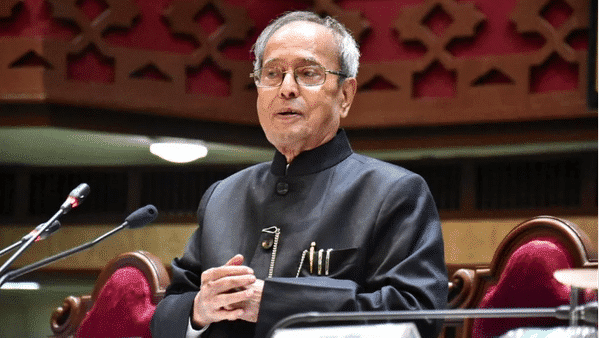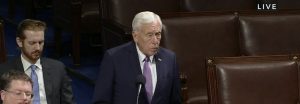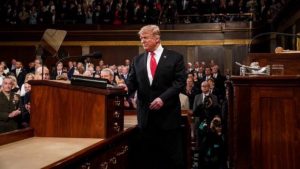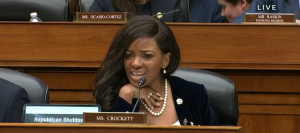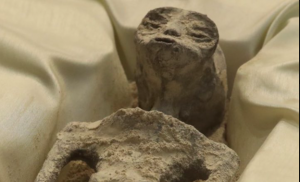Pranab Mukherjee, former president and a politician for five decades, died in Delhi’s Army hospital on Monday. The 84-year-old leader was admitted in the hospital on August 10 for a medical procedure when he tested positive for COVID-19. After undergoing a surgery to remove a brain clot, Mukherjee had to be put on a ventilator.
Also Read | Pranabda: chats, reprimands and riveting storytelling
The health condition of Pranab Mukherjee, who for the longest time was the key troubleshooter and go-to man for the Congress before moving in to Rashtrapati Bhavan in 2012, gradually declined thereafter.
“With a Heavy Heart , this is to inform you that my father Shri #PranabMukherjee has just passed away inspite of the best efforts of Doctors of RR Hospital & prayers ,duas and prarthanas from people throughout India ! I thank all of You Folded hands,” his son Abhijit tweeted.
Earlier today, the Army’s Research and Referral Hospital said in a statement that his medical condition had deteriorated. “There is a decline in the medical condition of Former President Pranab Mukherjee since yesterday. He is in septic shock due to his lung infection and is being managed by a team of specialists. He continues to be in deep coma and on ventilator support.”
Also read: Pranab Mukherjee, Indira Gandhi loyalist and Congress’s man for all seasons
On August 10, soon after testing positive for COVID-19, Mukherjee had tweeted, ‘On a visit to the hospital for a separate procedure, I have tested positive for COVID-19 today. I request the people who came in contact with me in the last week, to please self isolate and get tested for COVID-19.”
Mukherjee, always immaculately dressed in a bandhgala coat with a chain watch hanging from his pocket and a pen neatly tucked in, married Suvra from Jessore, now in Bangladesh, in 1957. She died in 2015. The ex-President is survived by two sons and a daughter.
Born on December 11, 1935 in West Bengal’s Mirati village, Pranab started off as an upper- divison clerk in Post and Telegraph department in Kolkata and also worked as a journalist but life had bigger things in store for him. He went on to become India’s youngest Finance Minister in 1982 at 42, headed three crucial ministries — external affairs, defence and finance — but the top post, that of the PM, always remained elisive for him and he famously was quoted as saying ‘7 RCR was never his destination.’ He, however, rose to be the President of the country in 2012 and stayed on till 2017.
In 1969, he was spotted by then Prime Minister Indira Gandhi, who was known to have an eye for political talent, after he successfully managed a by-election campaign in East Midnapore. She picked him for Rajya Sabha in the same year and then there was no looking back. He soon became Indira Gandhi’s Man Friday and a key member of her cabinet.
Also read: Pranab Mukherjee brought the President closer to the masses during his stint
After Indira Gandhi’s assassination in 1984, Mukherjee was suddenly pushed to the fringes after Rajiv Gandhi did not pick him for his Cabinet after storming to power winning 404 of the 514 seats. “When I learnt of my ouster from the Cabinet, I was shell-shocked and flabbergasted. I could not believe it. But I composed myself, and sat alongside my wife as she watched the swearing-in ceremony on television,” Mukherjee wrote in his book ‘The turbulent years’.
He was then sent to head the West Bengal Pradesh Congress Committee. Mukherjee, in 1986, floated a new party, the Rashtriya Samajwadi Congress (RSC), in West Bengal. But three years later, he was back in the Congress after patching up with Rajiv Gandhi. Mukherjee bounced back following the assassination of Rajiv Gandhi in 1991 when PV Narasimha Rao chose to appoint him as deputy chairman of the Indian planning commission and subsequently as a union cabinet minister.
He was soon back in the spotlight to become a Gandhi family loyalist and the principal force behind Sonia Gandhi’s entering politics. He became almost indispensible and was part of any key decision making in the Congress but when Congress returned to power in 2004, Sonia Gandhi decided to pick Manmohan Singh for PM over Mukherjee. “Notwithstanding the debate regarding his appointment as prime minister, there could have been no one more experienced in economic policymaking than Manmohan Singh. An apolitical person, he held national interest above all else, had the courage to stand firm on his convictions, and was able to build consensus when needed through his persuasive nature,” Pranab Mukherjee wrote in his book coalition years.
During UPA I and UPA II, Mukherjee played a key role in running the government and headed close to 50 GoMs before heading to the Rashtrapati Bhavan in 2012. The recognition of Mukherjee’s statesmanship and cross-party appeal came when the BJP-led NDA government decided to confer the highest civilian award Bharat Ratna on him in 2019.

